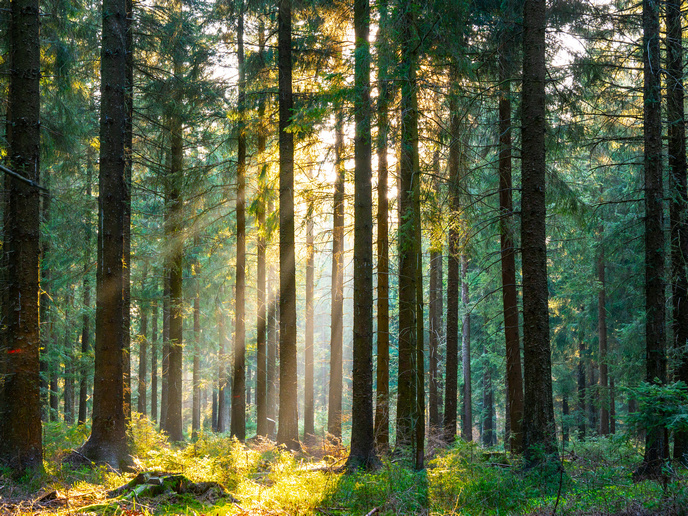Pinpointing black carbon sources
Airborne black carbon (BC) and brown carbon (BrC) collect in the Arctic, where they can accelerate the effects of global warming. If we are to mitigate this effect, researchers must first know from where, and from which combustion sources, these aerosols come. The EU-funded ARCTIC BC14 project was established to find some answers using techniques that can distinguish between fossil fuel and biomass combustion. These techniques can also provide information on the relative importance of wood and grass biomass, including crop residues. Researchers found that in south Asia, biomass combustion and biogenic sources played a bigger role than in east Asia. This data was based on samples collected at the Maldives Climate Observatory at Hanimaadhoo (Republic of the Maldives). They studied BC and BrC sources from research centres at Kathmandu (Nepal) and in the Himalayas as well. Also, much time was spent on investigating polycyclic aromatic hydrocarbons and plasticogenic aerosols during long-range transport out of Asia. ARCTIC BC14 has helped identify the sources of BC and BrC emissions, which will aid efforts to reduce these emissions. This is particularly important to slow or delay the melting of snow, glaciers and sea ice in the Arctic.
Keywords
Black carbon, aerosols, brown carbon, Arctic, global warming







